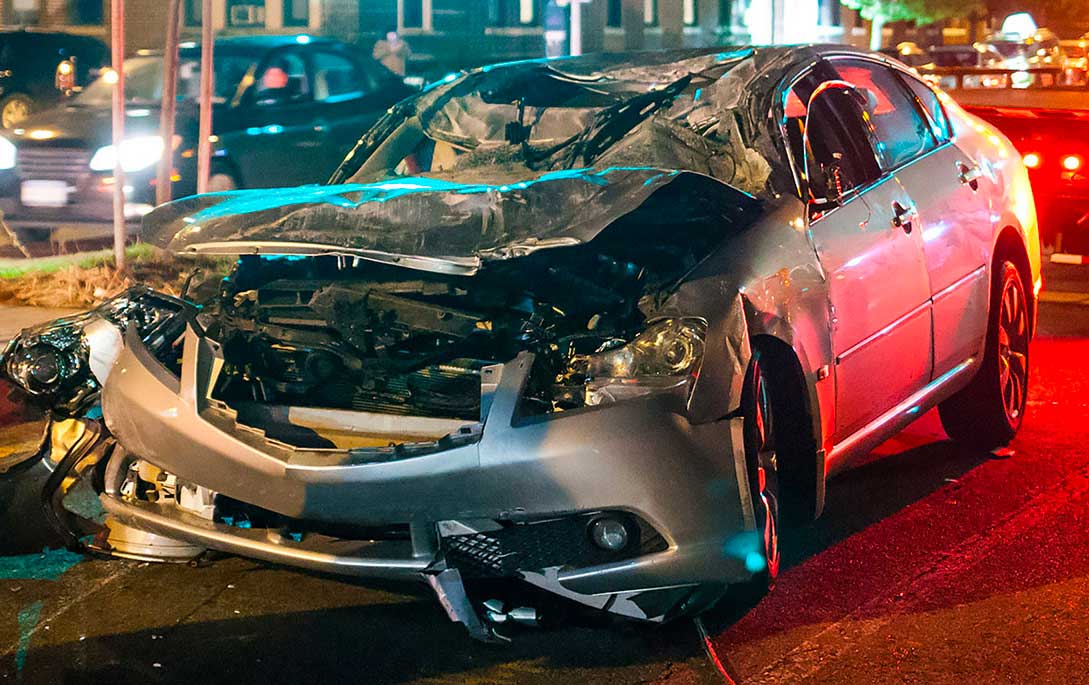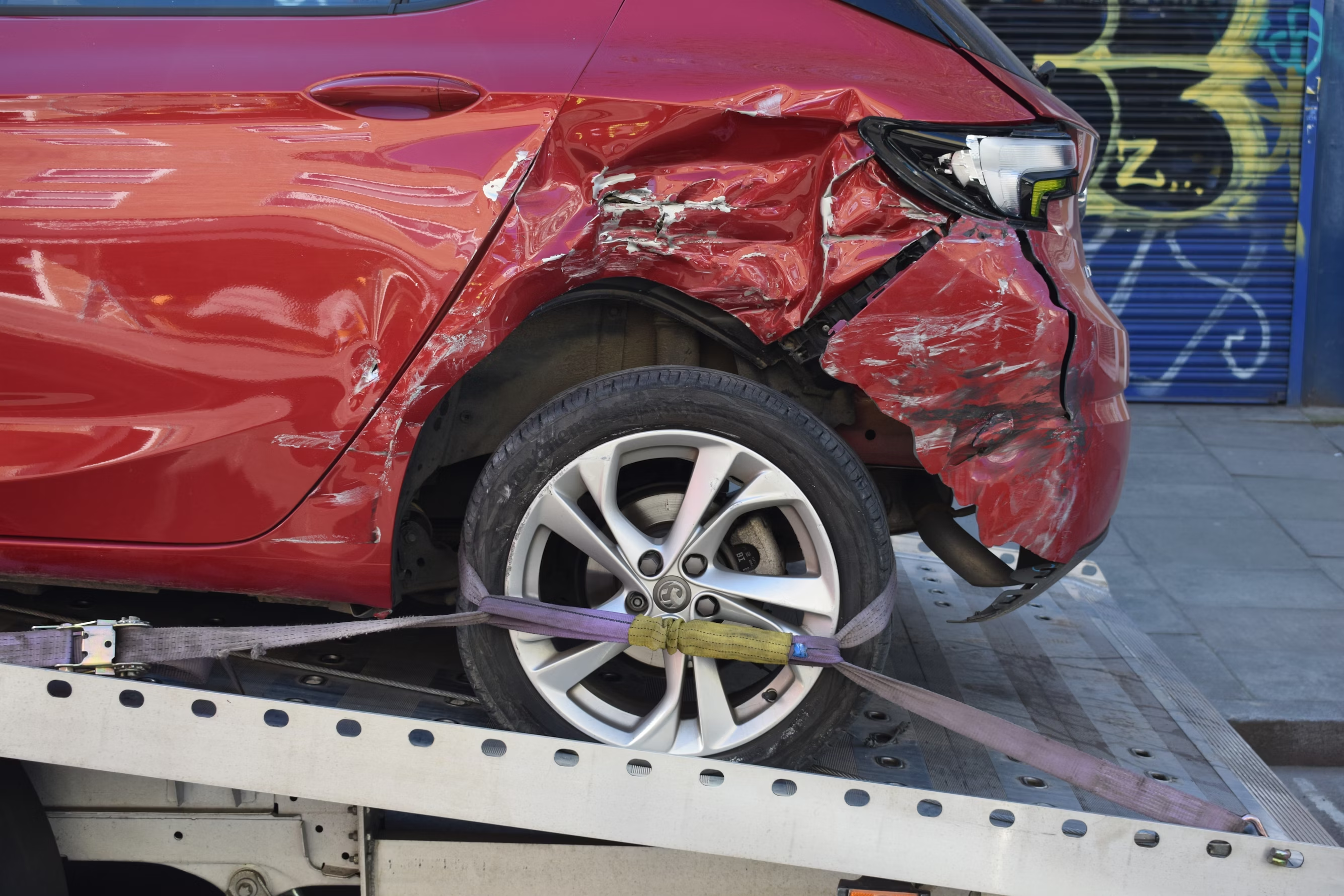
Proving Negligence and Fault in a Personal Injury Claim
Although the total number of motor vehicle accidents involving fatalities and injuries is declining due to better manufacturing practices, they are occurring at a very alarming rate. In 2017 alone, there were 155,000 motor vehicle accidents across Canada.
When someone becomes injured in a motor vehicle accident, they can choose to file a lawsuit against the person who was also involved in the accident. To win their case, they must prove that the other person was at fault by acting negligently. The question then becomes, how do they prove the other person acted negligently? Keep reading to learn the answer!
Defendant’s Duty of Care
In personal injury claims, the plaintiff must prove that the defendant owed a duty of care to the plaintiff. In other words, they must prove that the defendant had a duty behind the wheel to exercise caution to avoid damaging property and injuring people. Some examples include:
- complying with stop signs;
- signalling intent to change lanes; and
- driving at reasonable speeds.
Breach of Duty
The next step in proving negligent behaviour is demonstrating that the defendant disregarded their duty of care (e.g., they changed lanes without checking their blind spot, turned or changed lanes without signalling, or ignored a stop sign).
Cause in Fact
The third step in proving negligence is demonstrating that the defendant’s disregard for exercising reasonable care was the cause of the accident and any subsequent injuries. This step is usually expressed in a “but for” sentence (i.e., But for the defendant’s disregard in ignoring a stop sign, their vehicle would not have struck the plaintiff’s vehicle.”
Damages
To win in court, you must have damages. In other words, you cannot file a lawsuit against someone just for neglecting to exercise reasonable care if you have not incurred damages because of that neglect.
The type of damages usually awarded in personal injury cases is compensatory damages. The injured party would receive compensation for medical expenses, pain and suffering, time missed from being away from work and damages to their personal property.
Proximate Cause
You must also prove that the defendant could have reasonably expected that what they were doing would lead to damages or injuries like the ones you incurred. For example, one can reasonably expect that ignoring a stop sign will cause a motor vehicle accident.
However, suppose someone’s vehicle softly collides with yours and goes into cardiac arrest. In that case, it will be difficult for you to demonstrate that the defendant could have reasonably anticipated that someone would go into cardiac arrest due to their actions.
Prevailing in Your Case by Proving Negligence
Your strategy in the courtroom must incorporate demonstrating negligence if you want to recover what you lost. A skilled lawyer can walk you through the legal process and all the aspects of negligence. If you are in an accident, call a lawyer immediately to improve your chances of prevailing.
If you need a personal injury lawyer in Ottawa, call McNally Gervan today. Their dedicated team will show you how they can help you with your injury case.






Follow Us